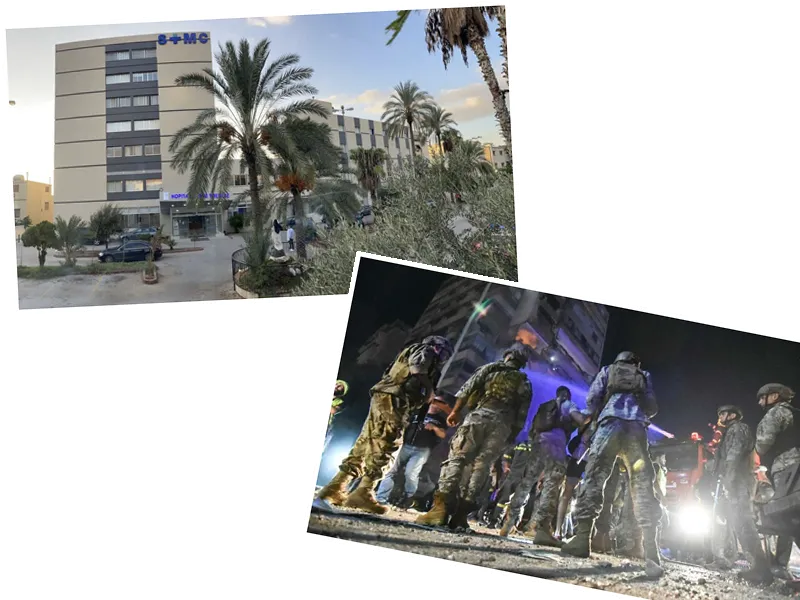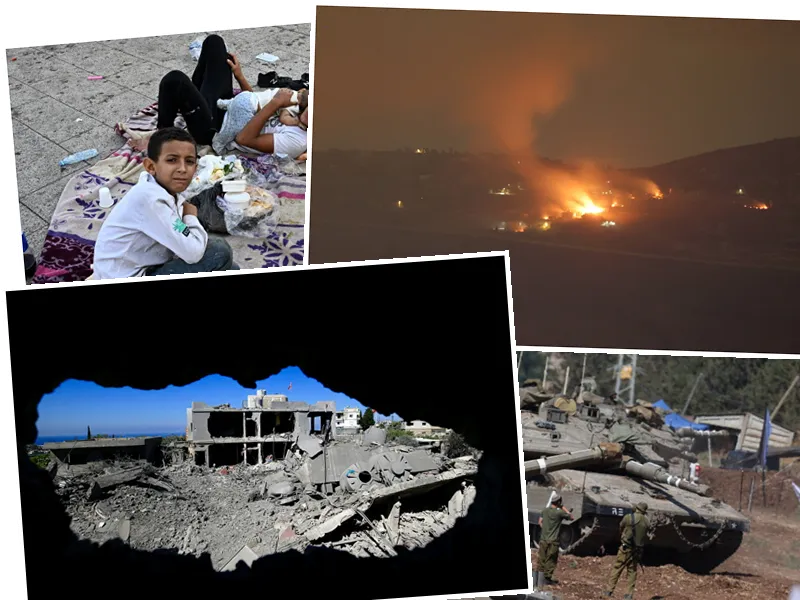Escalating Tensions: Israel's Expanding Air Strikes on Southern Lebanon
As confrontations between Hezbollah and Israel intensify following Operation "Noah's Flood," the landscape of Israeli military targets in southern Lebanon has dramatically shifted. Initially focusing on frontline villages, Israeli air strikes have now broadened to encompass new areas in the southern and Nabatieh governorates, even reaching the interior regions of the Bekaa and Baalbek-Hermel. The escalation has included sporadic attacks in Mount Lebanon, marking a significant change in the conflict's geographical scope.
The recent Israeli air strikes have increasingly targeted densely populated residential areas, moving beyond the previously established boundaries that were limited to border towns. This has raised concerns over civilian safety and the humanitarian impact on the local population.
Key Sectors Under Threat
The southern region of Lebanon, which shares a border with occupied Palestine, is divided into three main sectors along the temporary "Blue Line," a demarcation established by the United Nations after Israel's withdrawal in 2000. These sectors include:
- Western Sector: Stretching from Naqoura to the Litani River, this coastal area is strategically significant and hosts the United Nations Interim Force in Lebanon (UNIFIL).
- Central Sector: This area extends from the Litani River towards Iqlim al-Tuffah and Nabatieh. While it has experienced fewer direct strikes, it remains vulnerable.
- Eastern Sector: This sensitive area borders occupied Palestine and Syria, including locations like Shebaa Farms and Kfar Shuba, heightening the risk of confrontation.
The towns most at risk from Israeli bombardment include Khiyam, Kfar Kila, and Tyre, which face constant threats. Conversely, regions like the Bekaa and Baalbek have seen less targeting, with only a few attacks reported in the southern suburbs of Beirut.
Displacement Crisis: Seeking Safety Amidst Conflict
The surge in Israeli military operations has forced many residents to flee their homes in search of safety. According to Statistics Lebanon, approximately 180,000 people have been displaced due to the ongoing conflict. Many have sought refuge in safer coastal and mountainous areas, such as Tyre, Nabatieh, and Sidon, which are equipped with designated shelter centers.
Additionally, some families have opted to rent apartments in Beirut to protect their loved ones. The Lebanese Ministry of Interior has identified new shelters in Tyre, Beirut, Tripoli, Baalbek-Hermel, Zahle, and the Bekaa Valley. Public schools and institutes in Mount Lebanon, particularly in Chouf, Aley, and Baabda, have also opened their doors to displaced individuals, highlighting the growing humanitarian crisis in the region.





